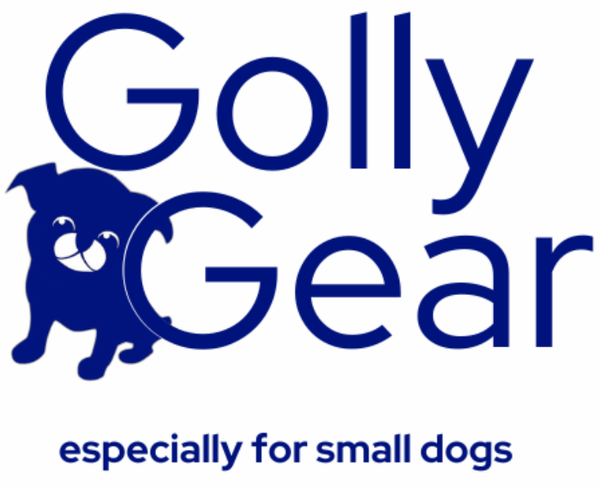Labeling limits your dog
Share
“She’s so stubborn!”
“He’s skittish!”
“He’s reactive.”
In our training classes, we hear these kinds of descriptions all the time. People like labels, it creates a common framework for conversation. The problem comes in when you start believing the adjectives you use for your dog. Labeling limits your dog.
Different meanings
The descriptor that’s used most often with dogs is “stubborn.” As in: “He knows how to do “fill_in_the_blank” but he’s so stubborn.” Or even more commonly “She never pays attention, she’s stubborn.”
The real definition of stubborn is “determination not to change one's attitude or position.” It means a conscious choice not to comply. But dogs don’t ever “choose” not to do what you want.
Dogs always, absolutely reliably, do whatever is most rewarding for them. You may not understand why eating grass is more rewarding than coming to you to get a treat. In your dog’s opinion, it is. Ideally, your dog wants both - to eat grass and the offered treat. To get your dog to choose your option, it has to be the most desirable one. Instead of kibble, offer chicken.
Dangerous connotations
You really don’t want to label your dog as “reactive.” It means different things to different people. For some, it means the dog startles at loud noises. Still others consider being “reactive” as lunging and pulling when the dog sees other people or dogs and wants to play. Most dog professionals define it as actual aggression. Unless you want your dog seen as dangerous, stop using “reactive” as a label.

The problem with using a label on your dog is that you can start to believe it yourself. In our own experience, we had an instructor who labeled Torque, Hope’s French Bulldog, as “aggressive.” As a young dog, he would lunge and scrabble to go to other dogs. In a Frenchie, with all the funny sounds they make, it would often be mis-interpreted by other people and dogs as growling. It wasn’t. He just wanted to meet everyone and play. But because we trusted this person and her opinion of dogs, it skewed our view of Torque. It took a while to realize that she was just plain wrong. Torque loves everyone and every dog.
Change the labels you use
If you have to describe your dog, try switching the label you use. When we realized how the label colored our view of Torque, we started calling him “sweetie pie.” And he is. Tango, Fran’s 15-year-old Griff, was truly reactive-aggressive when she got him. We turned that around with positive training. And we started calling him “handsome” instead of “reactive.”
Think about the ways you describe your dog. Even if said with a chuckle, negative labels can have a negative impact on your relationship with your dog. By all means, see them for who they are. And try to find the positive side of what that brings. If you have a “skittish” dog, try calling them “careful,” and introduce new things slowly. If your dog is “uncontrollable” or “wild,” how about saying “exuberant” with an amazing joie de vivre? What you say, how you say it, and what you think have impact.
